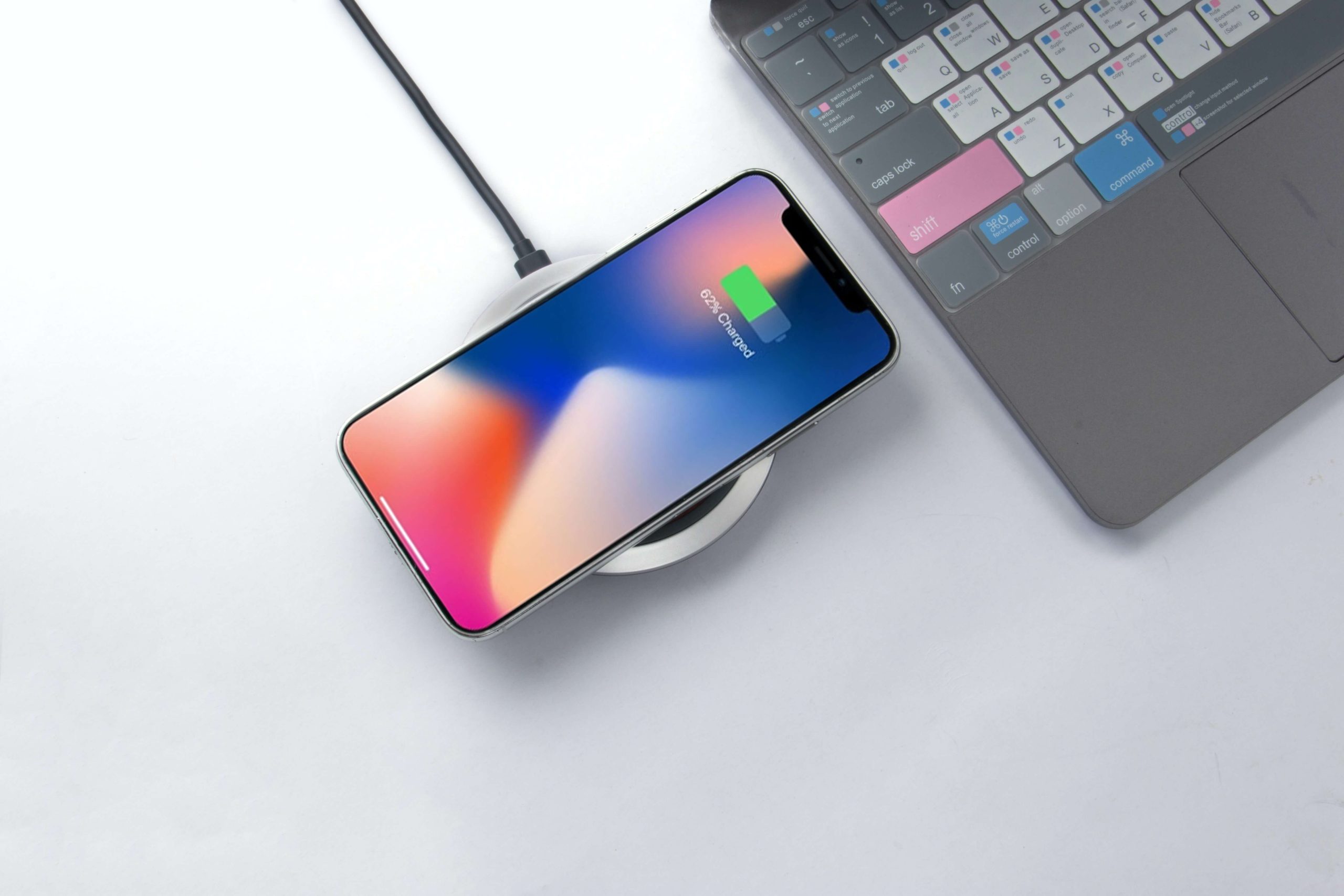Near field communication devices were previously excluded from physical testing SAR compliance, but have been required to prove compliance with FCC SAR regulations as of April 2021. In our effort to keep up with the latest updates to SAR requirements and regulations, we now have equipment that allows us to test near field charging devices using a wireless power transfer system.
Are you unsure if these changes now apply to devices that you manufacture? Keep reading to learn more about wireless power transfer and near field communication devices.
Wireless Power Transfer System & Near Field Communication, the Basics
Wireless power transfer and near field charging go hand in hand. The wireless power transfer system is used to transfer energy from one place to another without the need for a physical cable connection. Today, the most common way that wireless power transfer is used is through magnetic resonance used to electrically charge products.
This is what makes near field communication and near field charging possible. Near field communication is based on the idea of placing two coil conductors near each other to exchange electrical power over distances less than 5 cm, or just under 2 inches, through wireless inductive coupling.
For a near field charging device to function, energy needs to be wirelessly transmitted between a power source and receiver. This requires the use of radio frequency, which requires these devices to prove compliance with SAR regulations. This use of radio frequency for wireless power transfer in consumer devices can be used as an alternative to AC power lines and adapters.
Uses of the Wireless Power Transfer System and Near Field Communication
Near field communication and wireless power transfer technologies have a variety of applications, including medical implants, electric vehicle charging, sensor applications, and consumer electronics. It has also been commonly used in fields like household appliances and electric vehicle charging. In addition to this, many smart devices, contactless cards, and electronic passports use these technologies as well. However, when we refer to wireless power transfer and near field communication devices that require SAR testing, this is in reference to wireless charging devices.
These technologies can be used to meet a consumer need that is unable to be properly addressed by other wireless technologies like Bluetooth and WiFi. This will contribute to the development of the Internet of Things as well as the development of 5G applications.
The most common design used for wireless power transfer is the inductive coupling technique, which uses at least one primary inductive coil. The operating frequency of the primary coil is determined by the application requirements of the device. These coils are typically used in charging pads or mats, embedded in furniture, or built into vehicles.
SAR Regulations for Near Field Communication Devices
Obviously, near field communication devices like wireless chargers are used in close proximity to humans. This makes compliance with SAR regulations not just important, but imperative.
Devices that use the wireless power transfer system and operate at frequencies above 9kHz are considered intentional radiators. This makes them subject to FCC SAR regulations under either Part 15 and/or Part 18. The specific part rules the device is subject to is dependent on how the device functions and whether or not there is communication between the near field charging device and the device being charged.
The potential amount of radio frequency that users and bystanders may be exposed to varies depending on the design of the device in use. This requires that every device be evaluated differently during the process of compliance testing. Manufacturers may also need to get guidance from the FCC by submitting a KDB inquiry.
Keep in mind that a device using a wireless power transfer system is able to operate in one of two modes: charging and communications. Because of these two separate operating modes, it’s possible for a device to be subject to both Part 18 and Part 15 rules. A device may fall under Part 18 rules for its charging mode and Part 15 for its communications mode. However, this is only the case if the device complies with all relevant rules and its communications and charging functions are independent. A device could also be approved under Part 15 for its charging mode rather than Part 18 if the device meets appropriate rules.
Radio frequency exposure of near field communication devices is evaluated with the device being charged at its maximum output power.
Near Field Communication Device Testing at RF Exposure Lab
At RF Exposure Lab, we are always working to stay up to date with the latest developments in SAR regulations so that you don’t have to. Making sure that we’re knowledgeable about the latest developments and updates to SAR regulations and getting the necessary equipment is part of this.
We also go above and beyond to make sure our clients understand what we do and assist them in understanding how FCC regulations affect the testing required for your device. Wireless power transfer system device updates and updates regarding other devices can be complicated, but with our help, they don’t have to be.
We offer SAR testing services for a variety of wireless devices including cell phones, laptops and tablets, medical products, survey equipment, wireless modems, and now, near field charging devices. If you’re looking for SAR testing help or have any questions about SAR testing for near field communication devices, please contact us.
